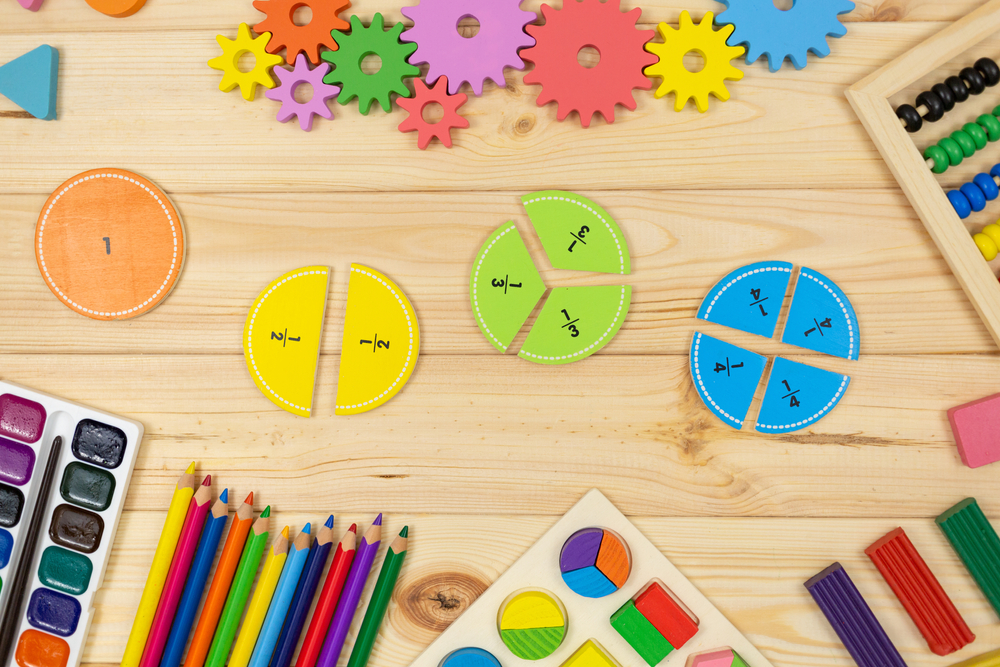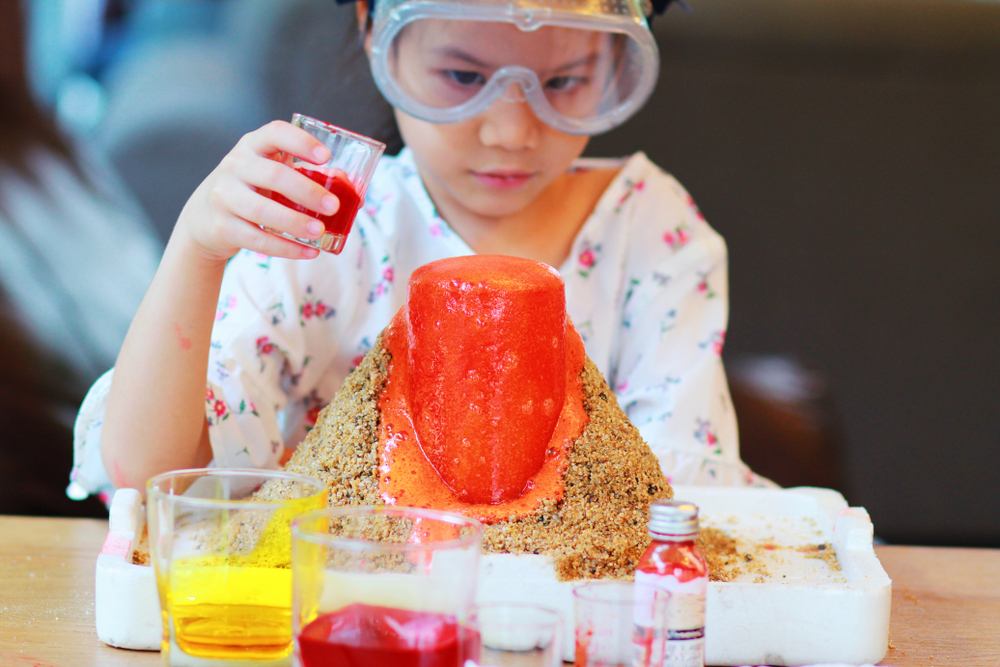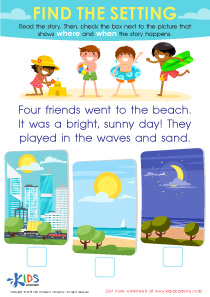Word Recognition Easy Worksheets for Ages 4-7
4 filtered results
-
From - To
Unlock your child's reading potential with our Word Recognition Easy Worksheets for Ages 4-7! These expertly designed sheets make recognizing words fun and engaging for young learners. Children will explore exciting activities that build foundational literacy skills, featuring colorful themes and familiar objects. Perfect for preschool through early elementary grades, our worksheets foster confidence and boost vocabulary. Whether at home or in the classroom, our word recognition resources ensure your little one is on the path to reading success. Turn learning into an adventure and watch their love for reading grow with Kids Academy's easy-to-use worksheets!
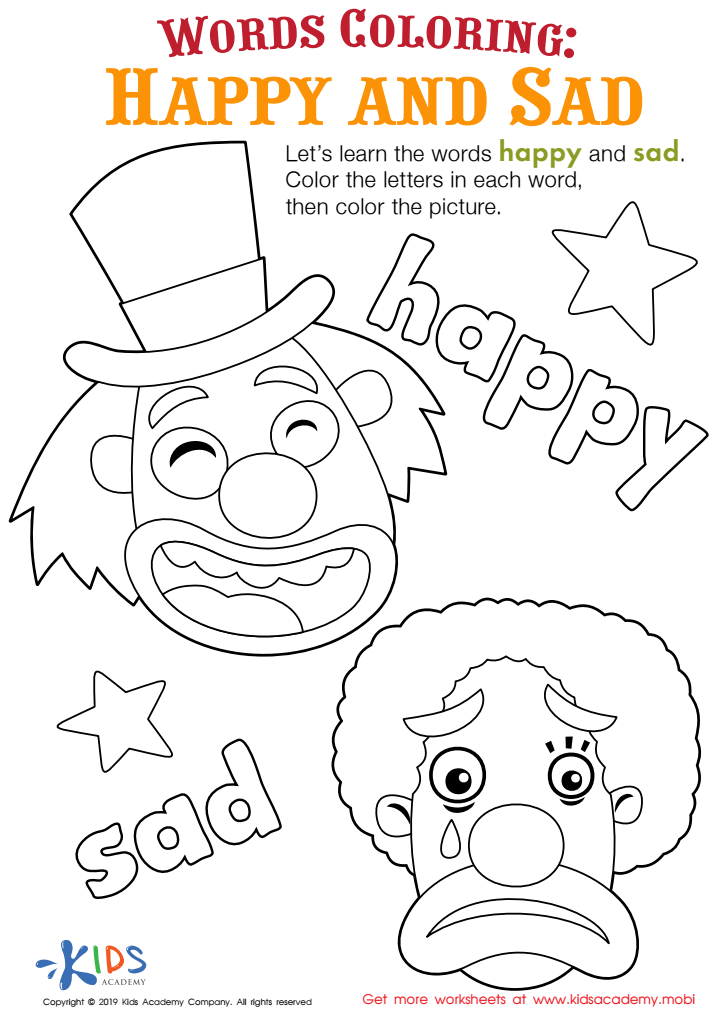

Happy and Sad Words Coloring Worksheet
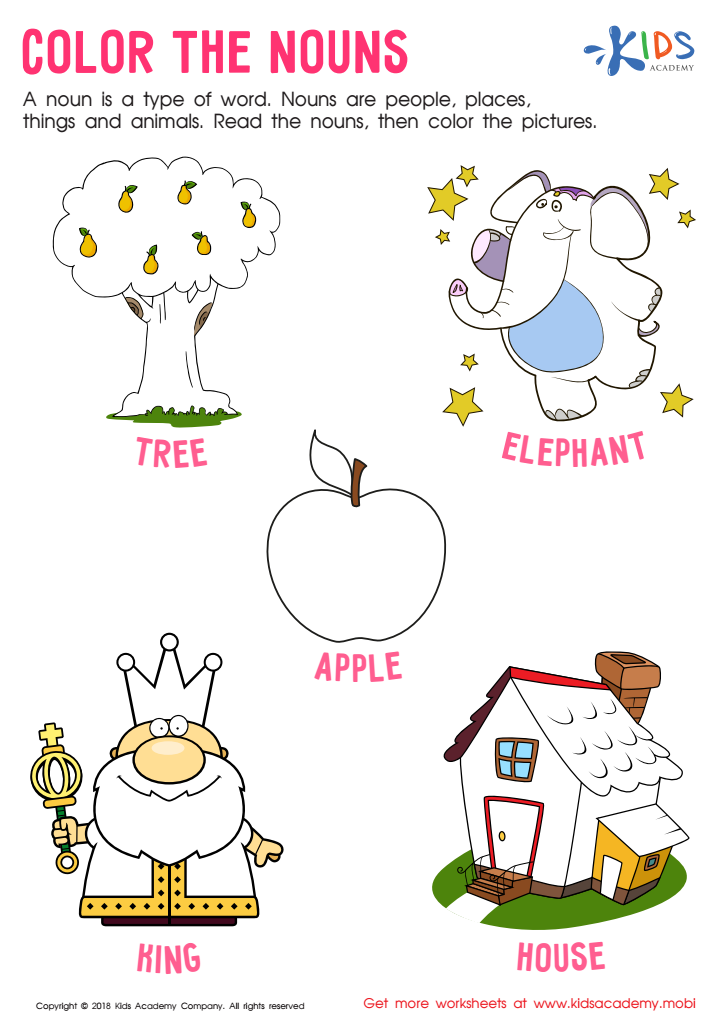

Color the Nouns Worksheet


Tired and Worried Words Coloring Worksheet


Find and Read: Like Worksheet
Word recognition is a crucial skill for children aged 4-7, laying the foundation for their future reading success and overall academic achievement. At this developmental stage, children are rapidly acquiring language skills, learning to decipher text, and expanding their vocabulary. Proficiency in word recognition allows young learners to read fluently with ease and better understand the text.
From a parent's perspective, fostering word recognition can enhance a child's confidence and motivation to learn. Early reading success is often linked to a love for learning and curiosity about the world. Reading together and practicing word recognition through games, flashcards, and engaging activities can also strengthen the parent-child bond, providing intimate moments of shared exploration and discovery.
For teachers, focusing on word recognition for early grade students is essential in building a strong reading foundation. Educators can tailor their teaching strategies to include phonics, sight words, and context clues, thus catering to diverse learning styles. When children can easily recognize words, they're better equipped to tackle more complex texts, leading to improved comprehension and critical thinking skills.
Prioritizing word recognition in early education ensures that children are not left behind in their most formative years. By investing in this key literacy skill, parents, and teachers can set children on a path to academic proficiency, lifelong learning, and intellectual curiosity.
 Assign to My Students
Assign to My Students


